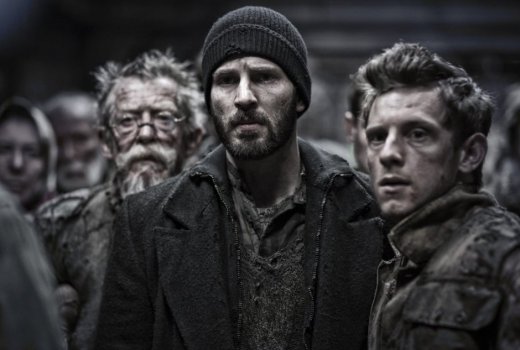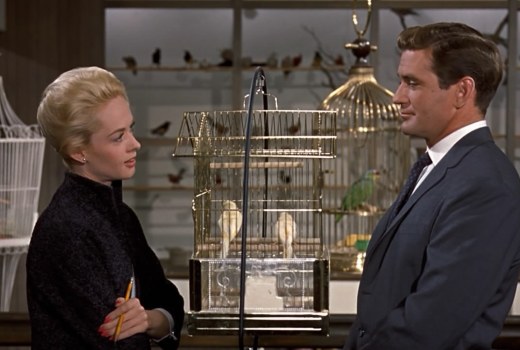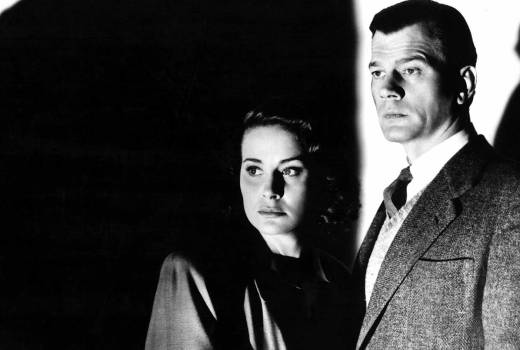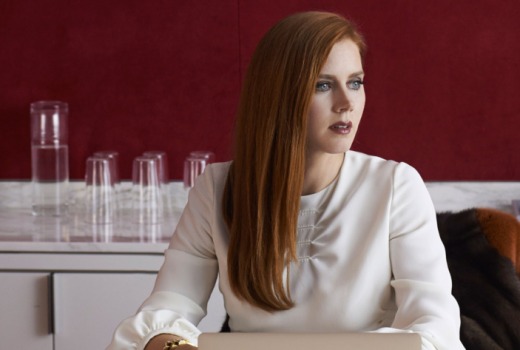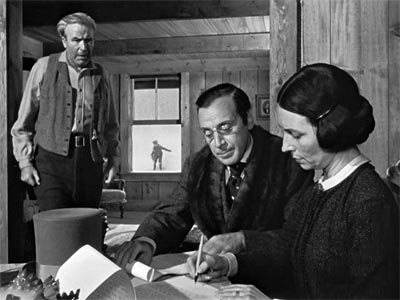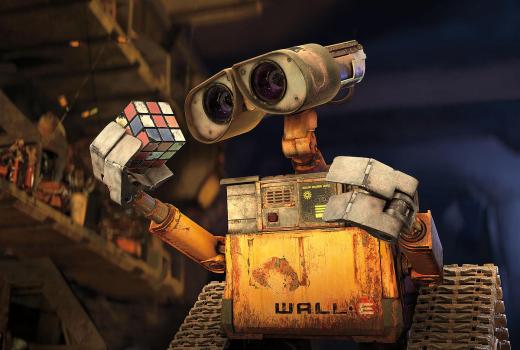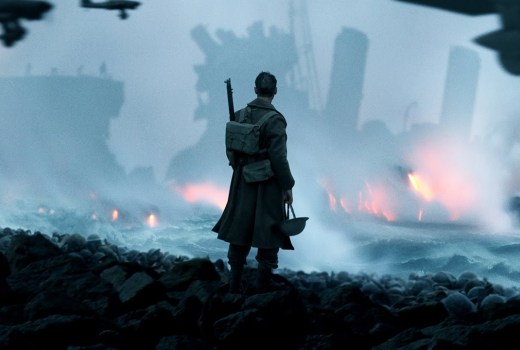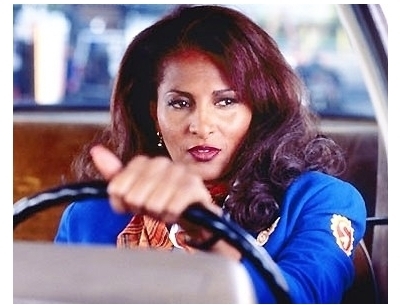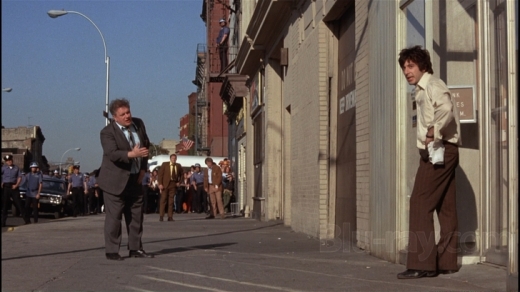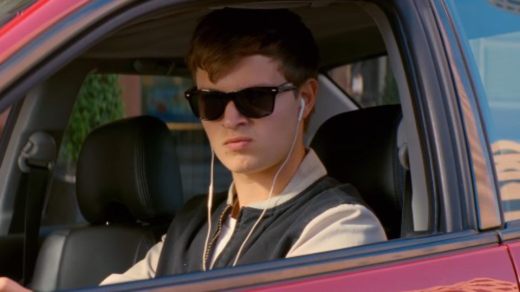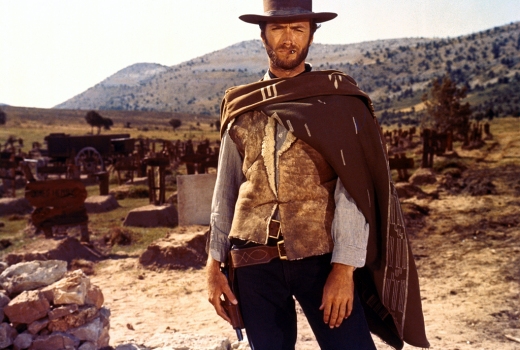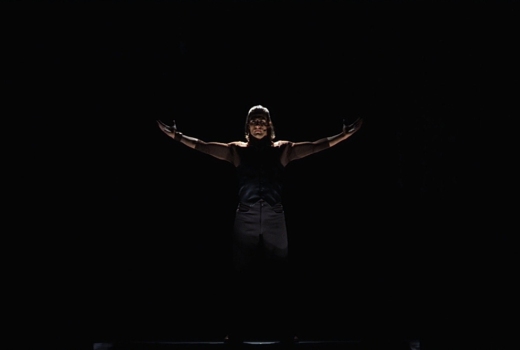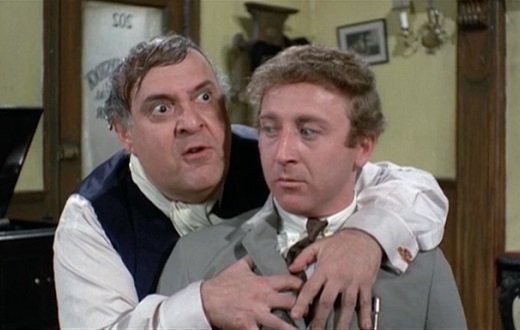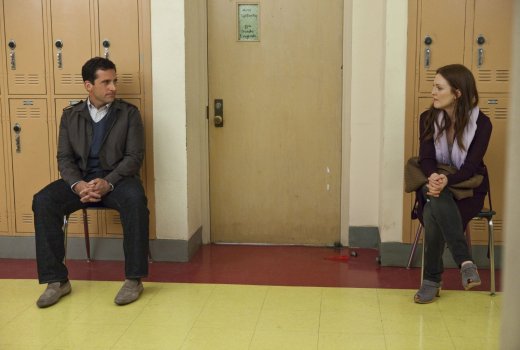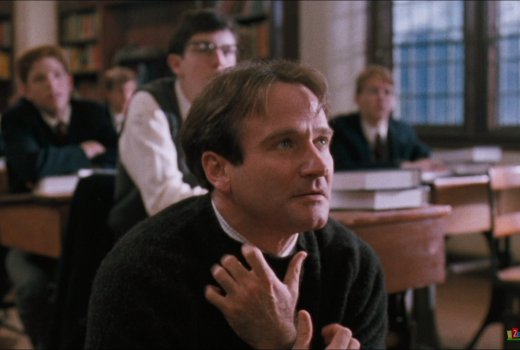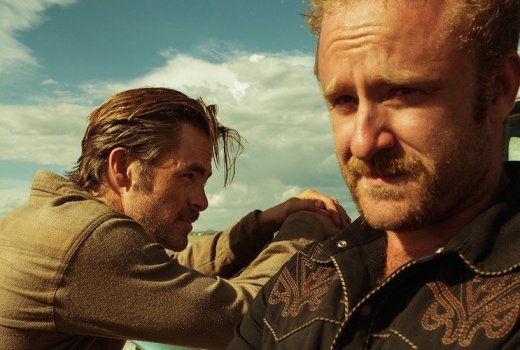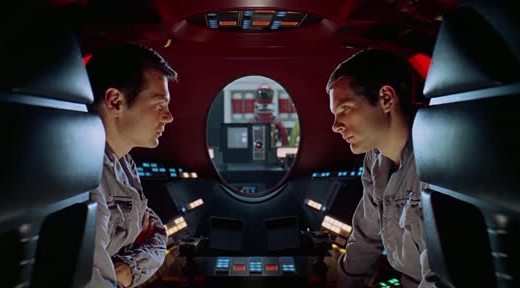Synopsis: Rey develops her newly discovered abilities with the guidance of Luke Skywalker, who is unsettled by the strength of her powers. Meanwhile, the Resistance prepares to do battle with the First Order.
For more info and to watch the trailer, click here: http://www.imdb.com/title/tt2527336/?ref_=ttqt_qt_tt
Who chose it: Both of us
Why we chose it: Obvious reasons.
Brent’s Review:
And now we come upon a movie we’ve been waiting two years to see: “Star Wars Episode VIII – The Last Jedi”. Before jumping into the main review, let me just get a few spoiler-free praises out of the way. 1) This film has Mark Hamill’s best performance as Luke, 2) it has the most beautiful shot since “Star Wars” when Luke stared into the double sunset on Tattooine, and 3) it has the most satisfying climax of any Star Wars film. However, it’s hard to discuss this film without moving quickly into heavy spoilers. If you’re remotely interested I would encourage you to see it now and read this later.
Fans are split on this film. This split seems to be in two camps: Star Wars purists who object to Rian Johnson’s treatment of the material and those who don’t much care about the integrity of the Star Wars universe. For myself, I don’t necessarily care about the integrity of the Star Wars universe, but I have some opinions about what should and shouldn’t be in a Star Wars film. I’m critical of some things “The Last Jedi” included, but nothing I can’t forgive in a well-made film.
“The Force Awakens” ended with a myriad of questions, but the two notable questions that seemed to be on everyone’s mind were 1) what will Luke do with the lightsaber and 2) who are Rey’s parents? “The Last Jedi” answers these two questions with plot foils and even plays one for laughs. I’ve read a dozen reviews that all skewer Johnson for his choice to have Luke discard the lightsaber, but I thought that was both brilliant and makes sense for his character. The latter spoiler – that Rey’s parents aren’t even significant enough to have names – was a great foil to the criticisms that Star Wars was retreading familiar territory with another lineage reveal.
And it is here where we find the point of this film. Luke refuses (initially) to teach Rey in the ways of the Force because “it is time for the Jedi to end.” “The Last Jedi” promises to be the last traditional Star Wars film. Midway through the movie, Master Yoda (in his ghostly visage) burns down the Jedi tree. After this, the film embarks on an expectations-subverting third act in which Emperor Snoke is quickly killed, Rey’s parents are confirmed to be nobodies, and the climax is only a diversion for the rebels to escape.
I thought each of these choices were brilliant because of the way they promise to lead us into new territory. Critics of “Force Awakens” chirped that Starkiller Base was just another Death Star (they were right), but the response to “The Last Jedi” makes me wonder if those same fans are upset with the way expectations were challenged in this film. Either way, I never thought killing the past of Star Wars would be so satisfying. I couldn’t be happier with what Rian Johnson has done with this franchise in this chapter.
Leah’s Review:
“The Last Jedi”, the eighth installment in the Star Wars franchise, had a lot to live up to. Its predecessor, “The Force Awakens”, met many fans’ expectations by presenting an exciting new story with plenty of nostalgic references. But “The Last Jedi” had the pressure of not only being just as satisfying, but also raising the bar.
The film has been met with more varied reactions than any other Star Wars film. Many viewers praised it, but it’s also received criticism from die-hard fans. For my review, I will focus on what I loved about this film. Warning: Spoilers ahead!
It has substance. I love the other Star Wars films (prequels not included), but they are pure adventure movies with clean-cut messages about good and evil. “The Last Jedi” actually introduces some complicated concepts that give the story more depth. Maybe good and evil isn’t so black-and-white after all.
The women are badasses. The treatment of women’s’ characters in the Star Wars franchise has been disappointing. Leia was definitely a strong character in the originals, but she didn’t get much screen time or character development and basically became eye candy (gold bikini anyone?). And I won’t even get started on Padmé. We get to see a stronger female character in Rey in “The Force Awakens” and “The Last Jedi”, more screen time from Leia (who is not only strong in the Force, but a damn good general), and new characters Rose Tico and Admiral Holdo. Each of these women are strong-willed, intelligent, and play vital parts in keeping the Resistance alive.
Mark Hamill. I’ll admit- I never thought Hamill was great actor. Some of his scenes in the original Star Wars films are downright cringe-worthy. But it’s clear that he’s grown as an actor. In “The Last Jedi”, Hamill gives the best performance of his career and is easily one of highlights of the film.
Rey’s parents are nobodies. At first, this revelation was as much of a letdown for me as it was for the fans who criticized this plot twist. Many speculated that Rey was the daughter of Han Solo or even Luke. We want Rey’s parents to be someone– but they’re not. What’s brilliant about this? It defies our expectations (Much like we were shocked to discover that Luke’s father was Darth Vader). It also introduces the idea that the Force can be inside anyone- regardless of where they came from.
This is not your mom’s Star Wars movie.“The Last Jedi” takes its own advice: “Let the past die. Kill it if you have to.” The film retains much of the Star Wars nostalgia, but without the tropes and predictability that “The Force Awakens” was guilty of. The story is different and masterfully told. Risks were taken and they paid off in a big way.
I loved this movie. It was brilliant, fresh, and felt like Star Wars without being copy-and-paste. My advice? Watch it with an open mind and watch it twice.
Up next: Another Wes Anderson film is on deck- “The Royal Tenenbaums”. Which Leah thought was very fitting for Christmas time until she learned that this was not the same thing as Tannenbaums.
Peace out, kids.




